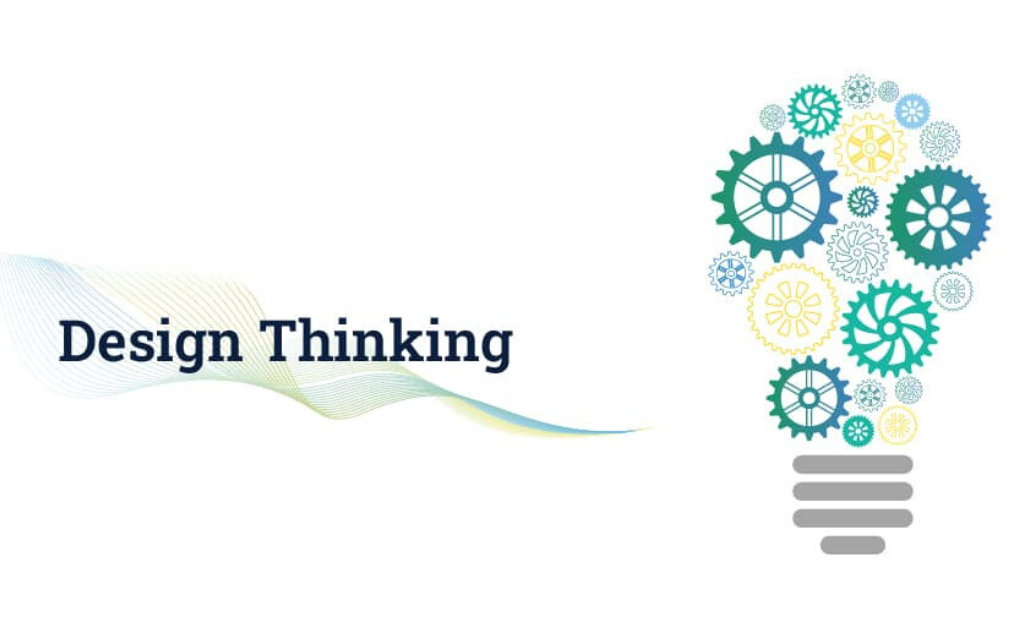Understanding What Design Thinking Focuses On: A Human-Centric Approach
Any organization’s success in today’s fastmoving world relies on innovation. But for effective innovation, you need to know what design thinking focuses on. Design thinking is a human-centered approach in solving problems that enhances creativity, empathy & collaboration. this article “Understanding What Design Thinking Focuses On: A Human-Centric Approach” is aimed at unveiling the basic principles of design thinking and considering its applicability across various fields for stimulating innovation and problem resolution
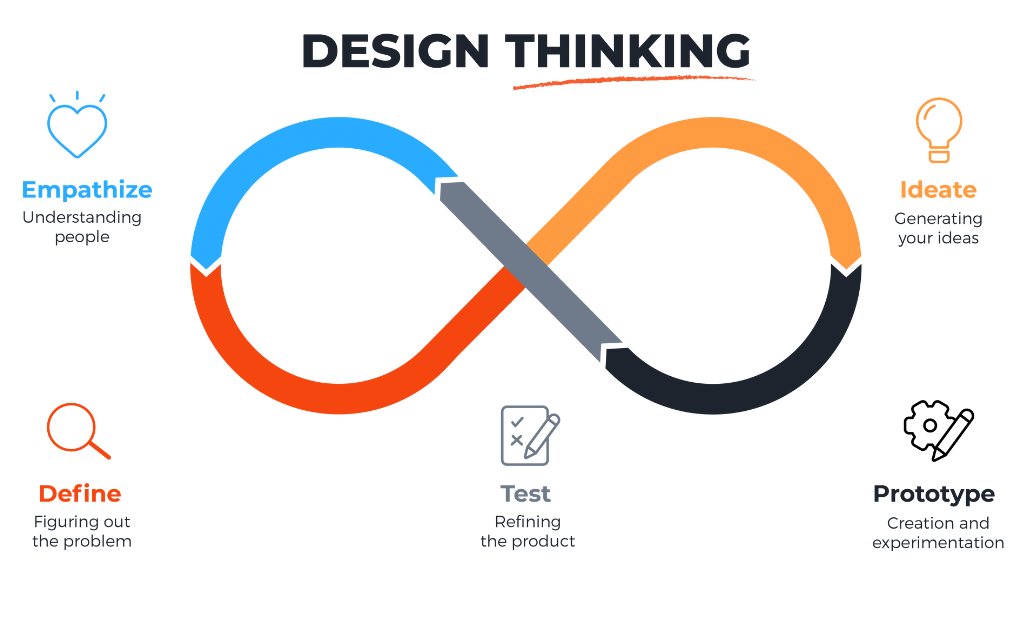
Introduction
Design thinking is not just a buzzword; it’s an influential methodology that has changed how businesses and organizations approach difficult issues. They focus on human centred problems solvers that are tailored to meet the needs, preferences, and experiences of humans directly
What is Design Thinking?
The Human-Centric Approach
Design thinking is about empathy. We’re talking about stepping into people’s shoes and empathizing with their pains, wishes and dreams. In this way, you can tap into the essence of what people need to drive innovation.
Design Thinking: The Five Stages.
Design thinking typically involves five key stages:
Empathize: Understanding the User
Designers are immersed in the users world in this phase. They watch, interact, and feel as an end-user in order to comprehend their viewpoints fully. It provides insight into potential unmet needs and problems.
Define: Defining the Problem
After understanding the users needs, the next step is to define a problem. At this stage, the researcher will convert the raw data into a clear problem statement that will drive the design effort.
Ideate: Generating Creative Solutions
The definition of ideation is creating brainstorm ideas. At this point, there is no judgment. Quality is not the issue at stake.
Prototype: Building Tangible Solutions
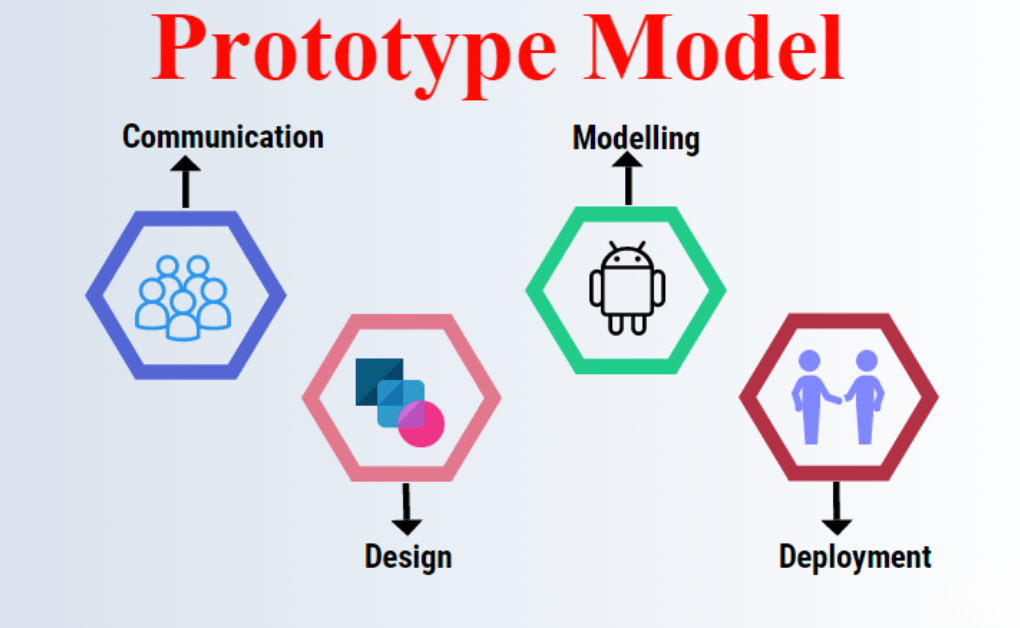
Transforming Idea to Real Solutions, Prototyping. This enables designers to play around with their ideas and perfect them at an early stage.
Test: Gathering Feedback
The second step is the test which involves allowing the user try your prototypes. This process involves refinement of the solutions until the same are found adequate to meet the intended purpose for which it was put into place.
Applications of Design Thinking
Design thinking is a versatile approach that can be applied in various domains:
How to Employ in Product Development.
The use of design thinking is widespread with various companies and firms developing user-centered products that connect with the consumer.
Design Thinking for Service Design.
Design thinking has also been adopted in service industries to improve customer experiences and refine processes.
Design Thinking in Education
Design thinking helps schools to foster novel ways of teaching and make education more interesting for students.
Benefits of Design Thinking
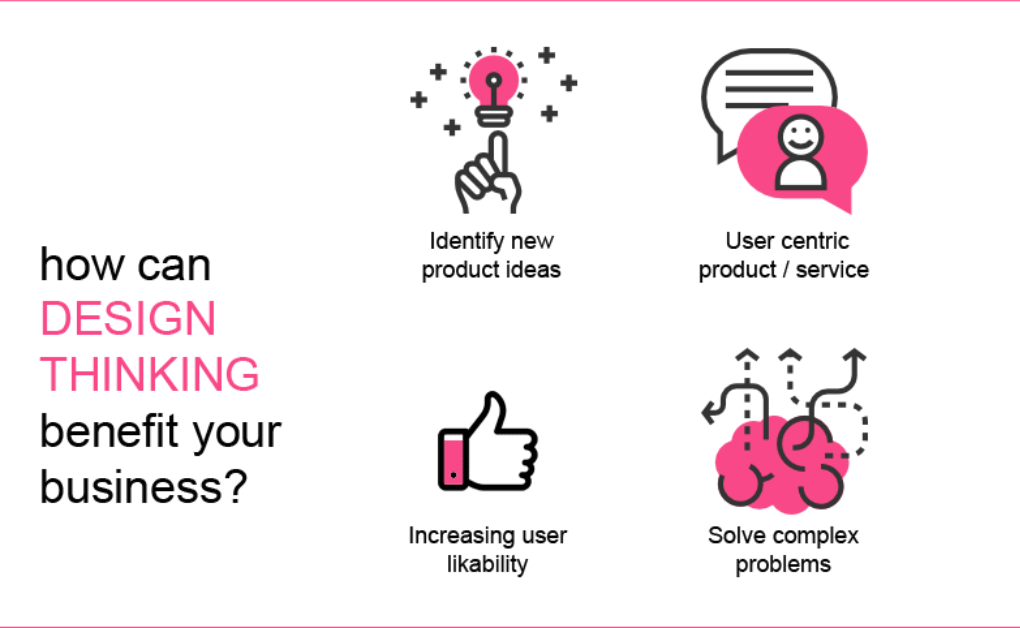
Benefits of design thinking include better creativty, effective problem-solving and more customer satisfaction.
Problems in Adopting Design Thinking.
Although the advantages are considerable, adopting design thinking may be difficult for large organizations.
Why Design Think in the First Place?
To begin integrating design thinking in your work, let us look at the following few simple steps.
Common Misconceptions About Design Thinking
Some misunderstandings surrounding design thinking have to be clarified in order to appreciate its benefits and potential in full.
Conclusion
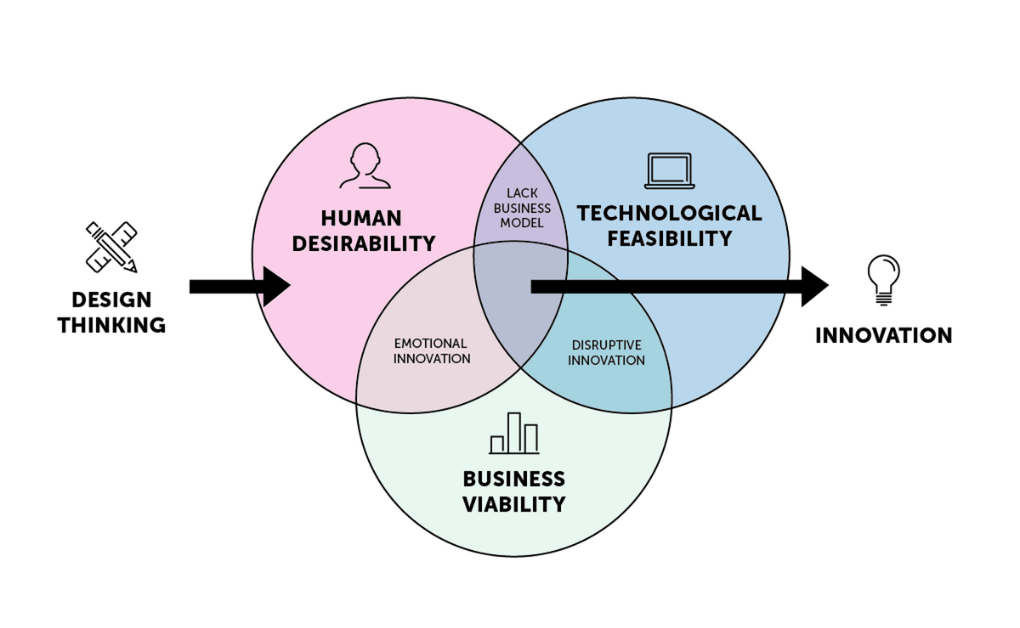
The concept of design thinking is based on understanding and addressing users’ needs. It enables organization to come up with effective innovation and creative solutions that deeply resonate with the people.
Frequently Asked Questions (FAQs)
1. Should Design Thinking Be Exclusively for Designer?
– However, Design Thinking can be used by anyone in any field who seeks to resolve tough challenges, innovate.
2. **How long does implementation of design thinking in organization require?**
– Design thinking has no strict timelines for implementation. However, making the decision on its need and committing to its integration into the culture of the society is critical.
3. ***Is Design Thinking Applicable for Non-Profit Organizations?***
– Absolutely! Design thinking is an essential resource for non-profits to get acquainted with their beneficiaries.
4. What are the key skills that are necessary for effective design thinking?
– These include empathy, creativity, collaboration, as well as the ability to iterate and fail successfully.
5. **Where can I get more information about design thinking?
– With numerous resources online such as courses, books, and workshops, one can delve deep into the design thinking world.
Understanding What Design Thinking Focuses On: A Human-Centric Approach:- Hence, design thinking is a potent tool that overrides all professions and businesses. This enables people and entities to come up with inventive solutions to serious problems, meeting the actual requirements of the society. Design thinking is an approach that will open up a whole realm of possibilities as you strive to bring about positive change in your work and personal life.

